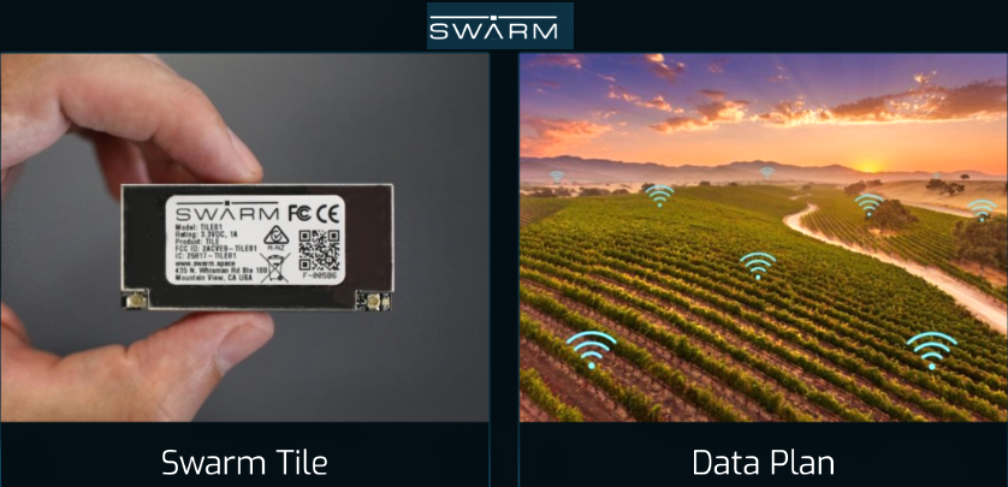
In December of 2018, Swarm Technologies was hit with a $900,000 fine by the FCC for an unlawful and unauthorized launch of four tiny, sandwich-sized satellites.

Swarm might now be having a winning smile on its face as its network of Internet of Things (IoT) global coverage with 72 commercial satellites is already providing 100 percent global coverage. Swarm stated the firm will have extended its orbital fleet to a total of 150 satellites by the end of this year.
Swarm has integrated user-terminals from Semtech for its connectivity solutions which enables two-way communications with its LEO satellites.
The Semtech modems communicate with the satellites enabling reliable data transfer anywhere on Earth, at all times, said a joint release from Swarm and Semtech.
“Because Semtech’s LoRa technology is well suited for long-distance, low power, and wide-area coverage applications, it has opened up new Internet of Things (IoT) use cases for Swarm in areas such as logistics, agriculture, connected cars, and energy,” said Ben Longmier, CTO and Co-Founder of Swarm. “We are thrilled to collaborate with Semtech by utilizing LoRa to help us provide affordable global connectivity for IoT devices at an unprecedented scale.”
“Semtech and Swarm are working jointly to pursue commercial IoT applications that require less data-intensive communications and fill in the gaps of the existing satellite market,” said Marc Pegulu, Vice President of IoT Product Marketing for Semtech’s Wireless and Sensing Products Group. “The combination of our technologies helps provide reliable and affordable connectivity that keep sensors, equipment, and assets connected across land and sea.”
Also of note is that the UK government has changed how it looks after its embryonic space activity. The government has decided to remove responsibility for the development of rocket sites, space policy and strategy from the UK Space Agency and to bring the controls and supervision into its Department for Business.
The move may be unconnected, however, the Space Agency’s CEO Graham Turnock announced on January 13th that he would be stepping down after four years at the Agency. The Agency employs some 200 staff and enjoys a budget of £577 million annually. Part of the restructuring is supervision of the UK’s rocket launching, which is being handed over to the Civil Aviation Authority.
Turnock’s departure – no replacement has yet been announced – leaves a number of key questions outstanding for the new Secretary of State at the Dept. for Business, Kwasi Kwarteng, not least the UK’s stake and development of OneWeb (with India’s Bharti) as well as how the UK will create its own rival system to Europe’s Galileo satellite navigation system.
Then there’s Nilesat, whose latest commercial geostationary satellite, Nilesat 301, will be launched by SpaceX next year.

Nilesat 301 is being built by Thales Alenia Space and follows on from a long relationship with Arab satellite operators. The very first Arabsat (Arabsat-1A) was built by Alcatel Alenia in 1985 which was eventually absorbed by Thales Alenia.

Nilesat 301 is being built at Thales Alenia’s facility at Mandelieu, near Cannes on the Cote d’Azur, and will be the latest Spacebus 4000-B2 version. Nilesat 201 was also a Spacebus 4000-B2 craft and launched in 2010.
The new Nilesat 301 satellite will carry Ku- and Ka-band transponders.

